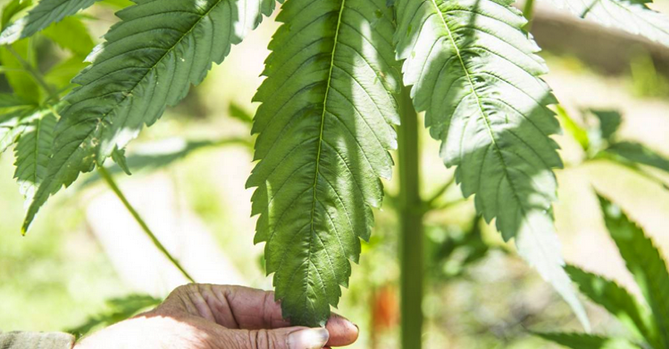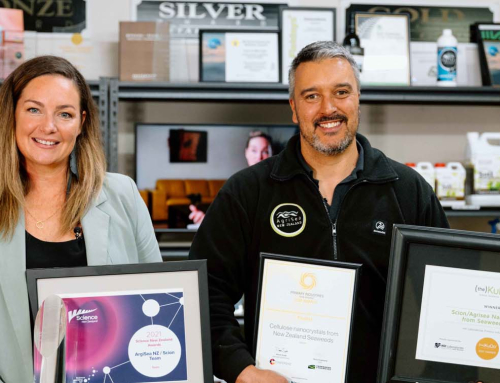Braden Fastier/Stuff
NZ scientists excited by the promise of hemp crops
By Glenda Lewis
We soon got used to cooking and eating exotic proteins and grains like chickpeas, couscous and quinoa. Now, attention has turned to hemp in the search for other productive, environmentally friendly food crops.
Hemp has had a slightly shady image, which is undeserved. It’s a type of cannabis plant but “industrial” hemp has minuscule levels of the psychoactive THC component – officially less than 0.35 per cent.
The legal impediment to growing hemp for food has largely been removed, though to the annoyance of growers, they still have to apply for a licence to cultivate it.
Hemp’s small oily seeds are high in protein and the fibre from its stalks can be used for an astonishing range of goods from concrete to clothing.
Its environmental credentials may be second to none. It absorbs four times more carbon dioxide than the same acreage in trees, and it matures quickly. So in sunny New Zealand, between October and March, it is possible to harvest hemp in rotation with another crop.
Hemp is suitable for cultivation in well-drained soils, in regions receiving 65-75mm rain a month. Once well established, it easily smothers weed growth and is pest tolerant, which makes it a valuable crop that can be grown organically. What is left after harvesting the seed, if not used for fibre, can be ploughed back into the soil, returning 60 per cent to 70 per cent of the nutrients needed for the next crop.
The proteins in the edible seeds are easy to digest, and cause very few allergic problems in people. They are unusually rich in a protein constituent called arginine, which the body cannot make itself. Arginine plays an important role in fetal growth, improves blood circulation, and reduces insulin resistance, the cause of diabetes.
Food scientists at the Riddet Institute, led by Dr Anant Dave, are carrying out a number of studies to understand how to get the best out of hemp seeds. They are 35 per cent oil, which is rich in essential poly-unsaturated omega 6 and omega 3 fatty acids in the optimal ratio (2.5-3:1) to reduce the risk of chronic diseases.
They are looking for ways of extracting the tiny oil-bearing droplets from hemp seeds to avoid fracturing their natural structure. These “oil bodies” can preserve the hemp oil longer, and be used intact in capsules, food formulations and health care products.
The team is also testing the different methods for extracting and isolating the proteins in the seeds, after the oil has been harvested. Solubility is not one of hemp’s strong points, and this has limited its use in beverage-type products. Most of the foods made from it currently are in relatively dry product categories such as snacks, cereal and bakery products.
Researchers are using different processes for extracting proteins, which could then be used as ingredients in foods such as meat substitutes and a novel hemp ice-cream for vegans.
Testing consumer acceptance of hemp, and derivative foods and drinks, will be needed before growers and food producers have the confidence to commit.
The Riddet team is collaborating with a North Island-based cluster of Māori and non-Māori businesses (MIHI) to help them develop distinctive, value-added products made from New Zealand-grown hemp.






